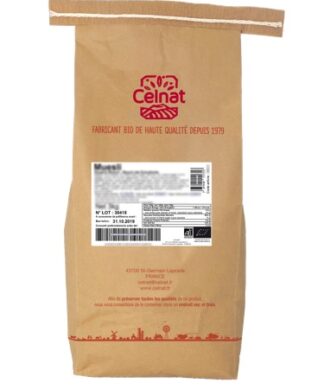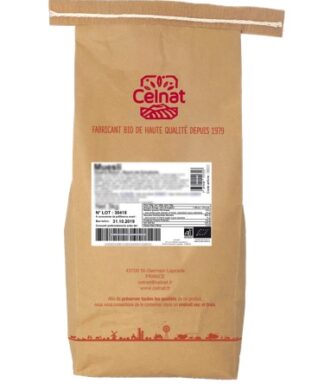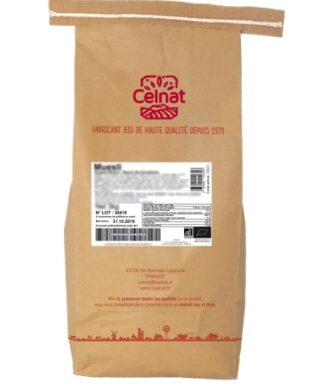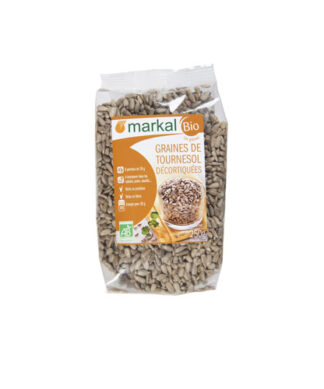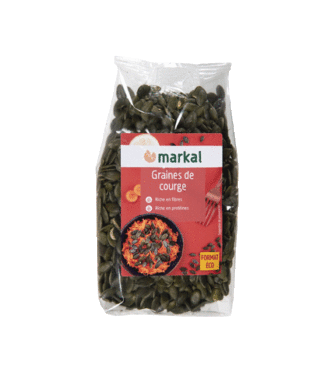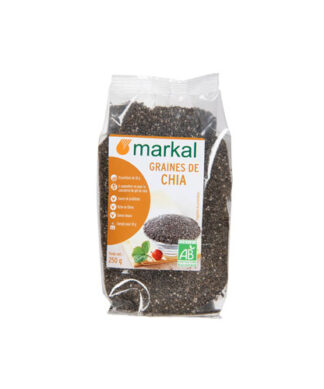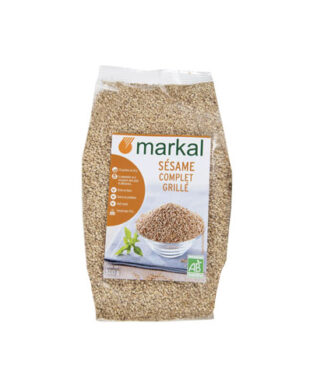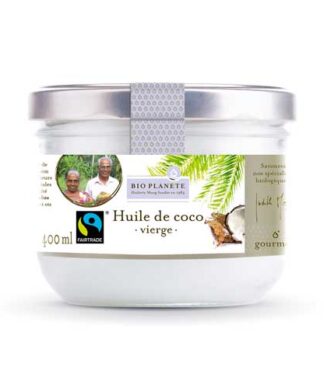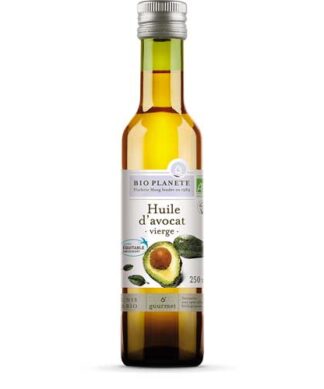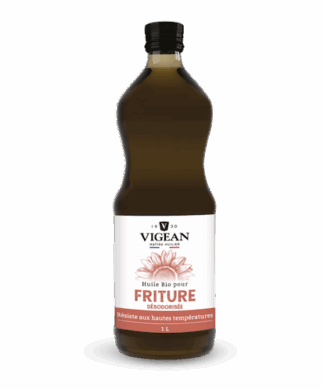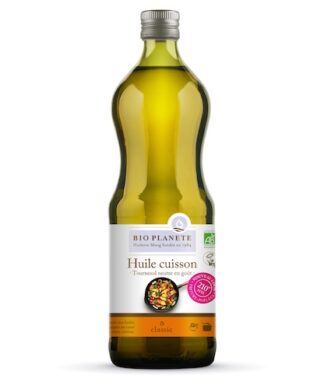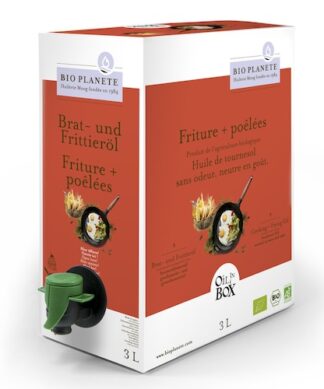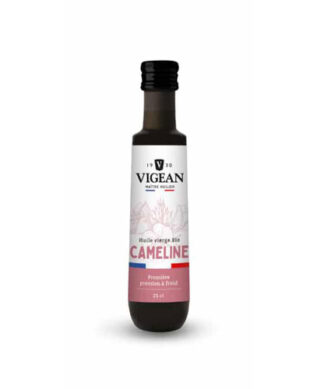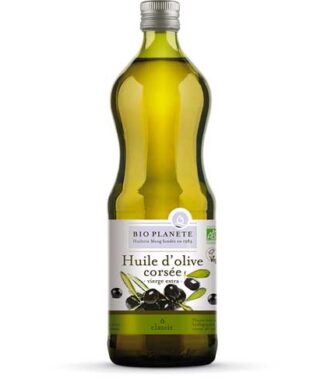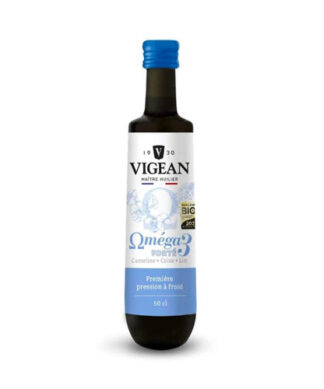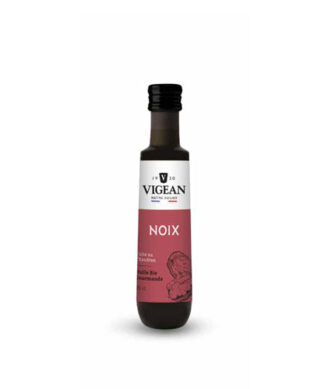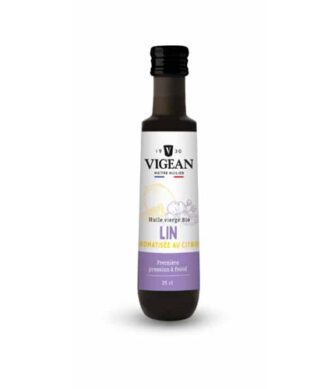At 7-bio.ch, we’ve chosen exceptional organic coffee – but above all, freshly roasted coffee. That’s why we offer Carasso coffees, roasted in Geneva using traditional methods, only on demand. The result? A coffee that’s nothing like what’s been sitting on supermarket shelves for weeks.
? Roasted to order, never stored
We don’t keep Carasso coffees in stock. Each customer order is passed directly to the roaster. Once the beans are freshly roasted and packed, we collect them and ship them without delay. This ensures you receive coffee at its peak freshness.
-
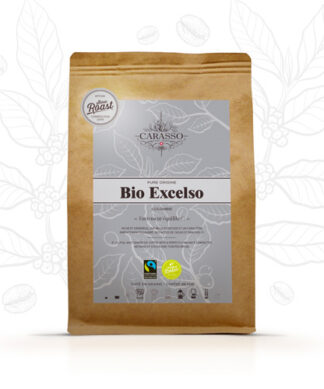
Kaffee Excelso Espressomachine x40 Bio
CHF 25,60 Incl. taxes Ajouter au panier -

Coffee Excelso Pure Origin x40 Organic
CHF 25,60 Incl. taxes Ajouter au panier -

Café Excelso Pure Origine x40 Bio
CHF 25,60 Incl. taxes Ajouter au panier -
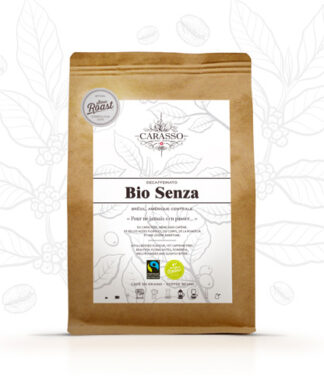
Kaffee Senza Koffeinfrei Espressomachine x40 Bio
CHF 24,60 Incl. taxes Ajouter au panier
? Maximum aroma, unmatched flavour
Freshly roasted coffee reveals its full aromatic potential: floral, fruity, toasted… The essential oils are still intact, the flavours are clear, balanced, and never overly bitter. What you’re drinking is a living coffee, not an oxidized one.
? Organic and healthy: no pesticides, fewer risks
Carasso coffee is organically grown and reduces exposure to mycotoxins like ochratoxin A. These invisible mould toxins develop in poorly stored or old beans. Thanks to careful selection and fast packing after roasting, this risk is greatly reduced.
? Why it matters
- ✅ Superior taste experience
- ✅ Better for your health (fewer toxins)
- ✅ Supporting local craftsmanship (Carasso has roasted in Geneva since 1866)
- ✅ Less waste – roasted only when needed, no overstock
Taste the difference.
With freshly roasted Carasso coffee, every cup becomes an experience. Order now at 7-bio.ch and bring meaning back to your coffee ritual.
